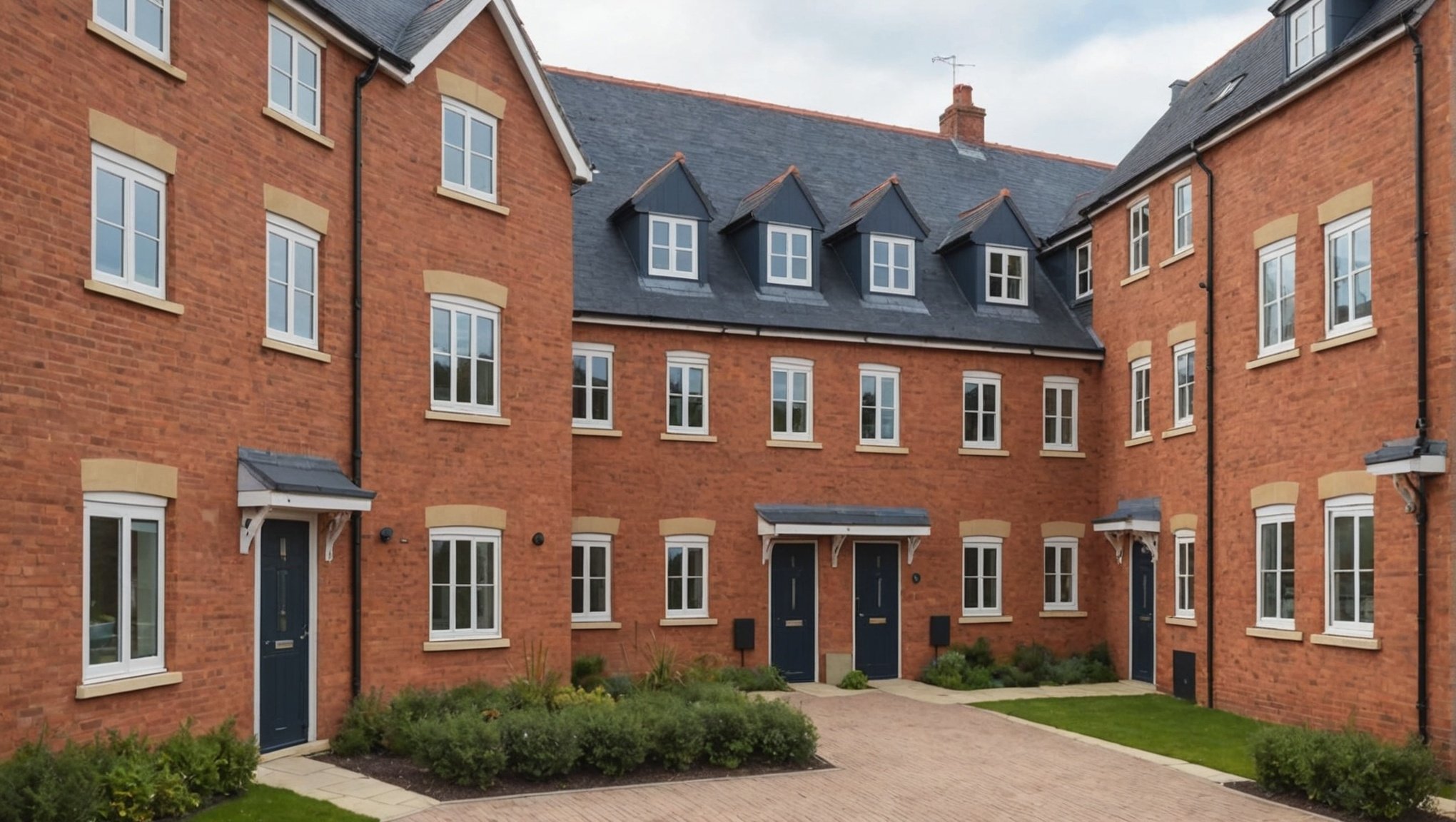As landlords, you may wonder what financial incentives are available to you when constructing accessible housing in the UK. This article seeks to answer this question by exploring various schemes, grants and facilities provided by local councils and governmental bodies. The focus here is on financial assistance, especially for landlords wishing to develop properties suitable for disabled tenants. The information provided will help you understand what to expect, where to apply, and how to login to the relevant portals for these incentives.
Local Council Grants
First and foremost, local councils across the UK offer a range of grants designed to incentivise landlords to create or adapt properties for disabled tenants. These grants, commonly known as Disabled Facilities Grants (DFGs), are available to private landlords and can cover the cost of essential adaptations to properties.
A lire aussi : Vallourec stock: a closer look at ownership breakdown
If you are a landlord and have a tenant with a disability, you can apply for a DFG. This grant can be used to fund necessary modifications to your property, like installing ramps, creating wheelchair-accessible bathrooms, or widening doors for wheelchair access. It’s essential to note that the amount provided will usually depend on the tenant’s income and savings, not the landlord’s. The maximum limit for a DFG is £30,000 in England.
You can apply for a DFG through your local council. You can usually find the application form on the council’s website. If you are unsure about the process, don’t hesitate to contact your local council for guidance.
En parallèle : Vallourec stock analysis: understanding the ownership distribution
Housing Grants for Private Landlords
Aside from DFGs, several other incentives can help landlords fund the creation of accessible housing. The government’s Private Rented Sector Energy Efficiency Scheme (PRSEE), for instance, offers grants to landlords to improve the energy efficiency of their properties. While this scheme does not directly focus on accessibility, energy-efficient modifications often go hand-in-hand with accessibility improvements, making properties more attractive and comfortable for disabled tenants.
To access these grants, landlords typically need to login to the scheme’s dedicated portal, submit relevant property details, and provide evidence of their eligibility. Each grant scheme will have its unique criteria, so it’s crucial to read the fine print and understand the requirements before applying.
Property Adaptation Grants for Disabled Tenants
In addition to grants aimed at landlords, various schemes are designed to assist disabled tenants in modifying their rented properties. As a landlord, you can encourage your tenants to apply for these grants, which can help fund necessary adaptations.
One such grant is the Tenancy Sustainment Grant, which can provide up to £5,000 to help disabled tenants adapt their homes, depending on their circumstances. To apply for this grant, your tenant will need to contact their local council. You, as the landlord, will need to give your consent for the proposed adaptations.
Incentives for Landlords in the Social Housing Sector
If you are a landlord in the social housing sector, there are additional incentives available. The government’s Affordable Homes Programme provides funding to landlords who create affordable, accessible housing. This scheme is aimed at housing associations, councils, and other registered providers of social housing.
To apply, you will need to submit a bid to Homes England or the Greater London Authority if your properties are in London. Successful applicants can receive a significant portion of the cost of developing new homes or refurbishing existing properties.
The Role of Landlord and Tenant Cooperation
In the process of creating accessible housing, cooperation between landlords and tenants is essential. Disabled tenants can provide valuable insight into the adaptations needed to make a property truly accessible. Landlords, on their part, must ensure that these changes are implemented effectively and are willing to work with their tenants to create a living space that caters to their needs.
Remember, the goal of these financial incentives isn’t simply to help you as landlords save money, but to promote the creation of genuinely inclusive and accessible housing. By understanding and taking advantage of these incentives, you contribute to a more inclusive rental market, where properties cater to the needs of all prospective tenants, regardless of their physical abilities. Make your properties not just a place to live, but a comfortable home for everyone.
Landlords’ Considerations for Accessible Housing Investment
As a landlord investigating financial incentives for accessible housing in the UK, you might have several considerations. First, you need to understand the needs of disabled tenants. This understanding is crucial for landlords to plan necessary modifications like installing ramps, making bathrooms wheelchair-accessible, or widening doors.
Investment in such property adaptations not only makes your property more attractive to a broader tenant base but may also increase the property’s value. If you’re a private landlord, you can utilise Disabled Facilities Grants (DFGs). These grants can cover the cost of these critical adaptations, with the maximum limit for a DFG being £30,000 in England. Remember, the amount provided typically depends on the tenant’s income and savings, not the landlord’s.
Secondly, consider the energy efficiency of your properties. The government’s Private Rented Sector Energy Efficiency Scheme (PRSEE) offers grants to improve your properties’ energy efficiency. Energy-efficient modifications often complement accessibility improvements, making your properties more desirable and comfortable for disabled tenants. To access these grants, you’ll need to login to the scheme’s portal, submit relevant property details, and provide proof of your eligibility.
Lastly, if you’re a landlord in the social housing sector, you have additional incentives. The government’s Affordable Homes Programme provides funding for landlords constructing affordable, accessible housing. This incentive scheme is intended for housing associations, councils, and other registered social housing providers.
Conclusion: Building Inclusive and Accessible Housing for All
In conclusion, constructing accessible housing is not only a morally right initiative but also a financially smart investment for landlords. The UK government, through local councils and other bodies, provides numerous financial incentives for landlords, including Disabled Facilities Grants (DFGs), the Private Rented Sector Energy Efficiency Scheme (PRSEE), and the Affordable Homes Programme.
These schemes and grants provide landlords with financial assistance to make necessary adaptations to their properties, thus making them more attractive to disabled tenants. Moreover, the energy efficiency improvements supported by the PRSEE can make properties more comfortable for all tenants while also reducing energy costs.
In addition, collaboration between landlords and tenants is necessary to ensure that the property adaptations truly meet the needs of disabled tenants. This partnership is beneficial to both parties, as it provides tenants with a comfortable, accessible living space and landlords with an attractive, worthwhile investment.
In the end, the goal is to create an inclusive rental market where properties cater to the needs of all potential tenants, regardless of their physical abilities. So, landlords, take advantage of the available financial incentives and work towards making your properties not only places to live but also comfortable homes for everyone.






